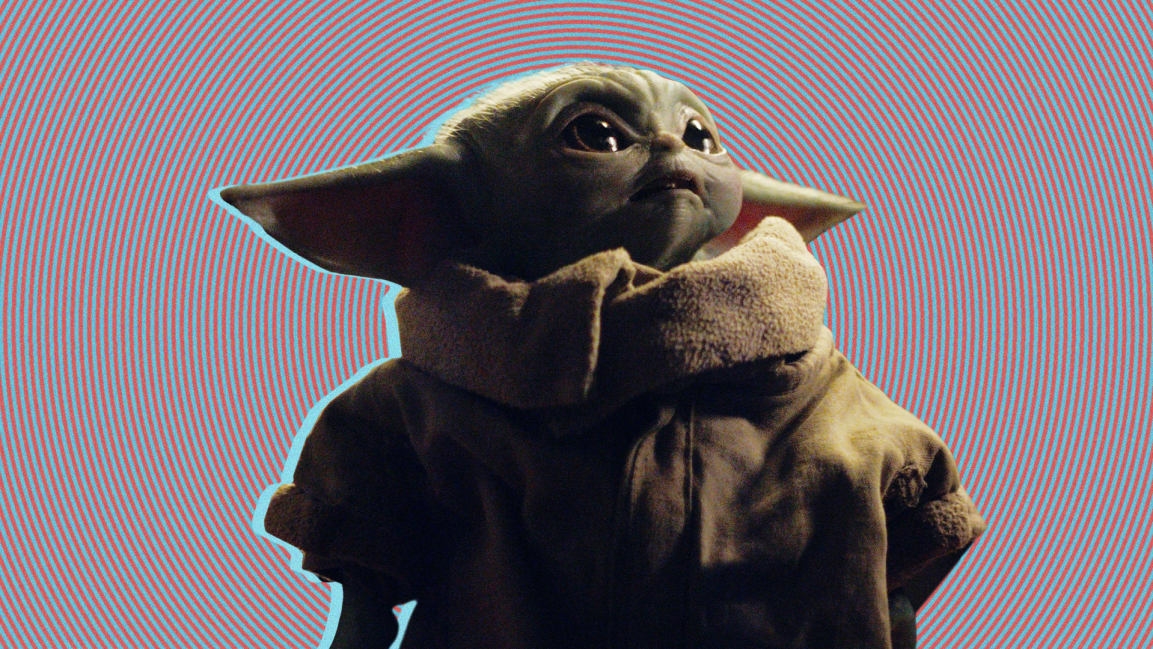Baby Yoda powers Disney’s anti-Netflix strategy to 26.5 million subscribers
The Walt Disney Company on Tuesday announced that its Disney Plus streaming service, which launched on November 12, attracted 26.5 million customers by the end of 2019.
Disney had announced that 10 million subscribers signed up on Disney Plus’s first day, so that’s rather impressive. Compare it to Netflix’s almost 170 million subscribers (67.7 million in the United States and Canada), but of course that took Netflix almost 13 years to amass.
There’s a lot that’s not immediately clear from that number. How many of those subscribers are paid? (The company did reveal that the average amount paid per subscriber is $5.56.) How many are still with Disney Plus as of February 4? After all, Disney has not debuted a splashy new series or movie since The Mandalorian, its flagship series, whose breakout Baby Yoda character attracted a lot of those customers.
Anyone else finding it hard to keep their subscription for Disney+ right now. Mandalorian is over and I don’t want to rewatch old movies and tv. I was looking forward to the Obi-Wan show and the Marvel shows but they are not going to be on for a while.
— Platform De.Central (@PltfrmDeCentral) January 24, 2020
What’s clear though is that although Disney is fighting for the same share of attention and wallet as Netflix in the streaming wars, it’s going about it in a far different way. Netflix has made it clear that it believes that because it has such a large, global subscriber base, it needs to have something new, effectively every single day, in order to retain its viewers as well as give it the best chance to attract new ones.
Disney, meanwhile, seems content to have one show a quarter to drive new sign-ups and conversation. Notice how The Mandalorian‘s eight-episode season ended the last week of December. That means that even if you were keen enough to cancel immediately after watching, you’d still look like a paying customer on the books today.
TV Guide outlined the following schedule for upcoming Disney Plus releases:
Disney+ surprised fans on New Year’s Day with a video preview of the shows and movies coming to the platform in 2020—including WandaVision, which was originally scheduled for spring 2021. The series will likely debut sometime after The Falcon and the Winter Soldier (fall 2020). It will be followed by Loki (spring 2021), What If…? (summer 2021), and Hawkeye (fall 2021).
Looks like a quarterly release schedule for buzzy shows, all of which I’m sure will serialize weekly in a way that lets them conclude at the end of the financial quarter. This is a far more cost-effective method of building a streaming service than Netflix, but it is priced to perfection, as the financial analysts might say. Disney has no margin for error. None. Clone Wars bombs or it has to delay or retool a series (as it’s doing with Star Wars series such as its Obi-Wan-centric one) and there could be some rough quarters ahead. I liked Phineas & Ferb, but I am not paying just to see its return.
The “Plus” in Disney Plus is very much just a plus-one.
Fast Company , Read Full Story
(14)



